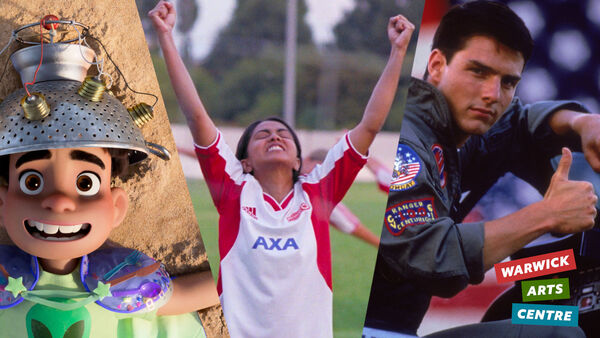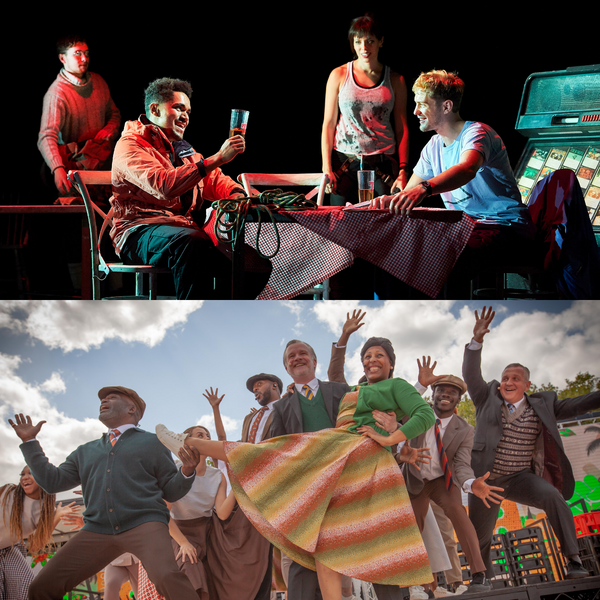
Family Artist in Residence: Ascension Dance
This term we will be working with Ascension Dance and Natalie Zervou-Kerruish as our Family Artists in Residence to explore some exciting themes in our new exhibition, Phantom Sculpture.
Every Sunday from now until the 10 December you can drop in to one of our Family Sundays from 1.30-4.00pm, for free creative fun in our foyer. Below you can hear a little bit more about Ashley from Ascension Dance and what to expect in their sessions.
Can you tell us about yourself and how you got into dance?
Hey, my name is Ashley Jordan. I am the company director of Ascension Dance Company. We're based in Coventry and we are facilitating this season of Family Sundays. We're thinking about how we can inspire young people to understand sculpture through movement and dance.
When I was a young person, I did lots of dance in productions and plays. I’ve worked with all the movers and shakers in the region, such as Belgrade Theatre and Imagineer, and Highly Sprung and Youth Dance. I went and trained professionally, did some dancing across the country and then came back to Coventry!
For me, what's important is making art accessible. So how you can make everyday people walking around seeing the gallery engage in a different way, but in a lovely way! How can we translate some of the really complex themes that some of these things present?
What is important to you in your work?
Ascension Dance is always about how you can work in spaces that are not normal, traditional stages, theatres or studios. We've done that on a number of occasions. We've done dance film for Sky Arts, with Ben and Jess, who is a double amputee dancer in a wheelchair.
We've done a piece outside for City of Culture, we also have an outdoor show called The Other Side, which has got loads of logs and builds into a bridge!
We purposely try and bleed into the audience and swing the logs and poles over the audience's head to make them feel more interacted with and engaged in the project.
The reason we do that is because we want to bring experiences to people. We want them to feel stuff. We want them to have a connection and not have that barrier.
And when we're working in outdoor settings, falling right next to someone, you have that personal relationship. So unusual spaces and engagement is something that's really important to us as a company.
What can we expect from Family Sundays?
We plan to start thinking about textures, themes, shapes and movement, words that the sculptures in Phantom Sculpture embody.
For example, twisting, suspending, wrapping, turning, sliding, having different textures which are grippy or fibrous or shiny.
All these things can be translated, and we can start to think about how the materials can make movement.
So, something that looks twisted, something that is rough, can probably be a little bit more built up in terms of action or something that is smooth, probably has a soft feeling, is light on its feet.
All this kind of physical vocabulary that we can translate is how we start to think about how you can engage more and embody what you see with your eyes.
For us, it's all about how we can take some of these themes that are in this exhibition and break it down to its key points when we're thinking about engaging young people and families.
Colour, form, shape, connection, all these things we can use as words to start thinking about how you make choreography. Colour is nice and simple, different colours can inspire different feelings and different physical reactions. But we can also think about how to translate colour into different shapes; about how it's composed.
Then you can build relationships with each other in terms of your proximity, when you stand next to someone or move away. How does the colour we think about influence our movement and then that interaction with others?
All these things are the same sort of themes that are conveyed when we think about sculptures. And not only that, in play areas or in playgrounds or in a school too!



